Heat shrink film label material
Shrink wrap labels are usually made of PP film. Due to the low shrinkage rate of PP film, which is generally within 20%, it is more suitable to use hot melt adhesive for labeling. If solvent based adhesives are used, it may cause wrinkles in the PP film. Due to the high shrinkage temperature of PP film, hot air is mainly used for heat treatment, which can achieve higher temperatures than steam heating.
Introduction to heat treatment label barcode
Heat treatment label barcode is a widely used marking method in industries such as metal processing, welding, and casting. It is mainly made of high-temperature resistant special materials, which can tightly adhere to the surface of metal materials and are not easily detached or damaged. The main function of this label barcode is to record the heat treatment process information of metal materials, including key parameters such as heat treatment temperature, time, and process, in order to facilitate quality control and after-sales service during the production process.
Specifically, the application scenarios of heat treatment label barcodes are very extensive. In the production of automotive parts, it can be used to record the production process of components such as axles, crankshafts, gears, etc., ensuring that each component undergoes the correct heat treatment process, thereby improving product quality. In the foundry industry, heat treatment label barcodes are used to record the heat treatment process of castings for the purpose of analyzing and optimizing their performance. In addition, it can also be applied in multiple fields such as steel, aerospace, electronics, etc., helping enterprises achieve quality control and efficiency improvement in the production process.
The advantage of heat treatment label barcodes lies in their ability to achieve automated recording and quick querying, reducing the potential errors and omissions that may occur during manual recording. Meanwhile, due to its high-temperature resistant special material, it can maintain the clarity and readability of barcodes even in high-temperature environments, ensuring the accuracy and completeness of information during the heat treatment process. The application of this labeling method not only improves production efficiency and quality control capabilities, but also helps reduce human errors and losses.
How important are high-temperature resistant labels?
This is a label that can be used under extreme temperature conditions. Electronic products generate heat during operation, and some products may also be placed in high-temperature environments for use. The high-temperature resistant label ensures that the label information of the product remains clear and visible under all these conditions, thereby ensuring the effective transmission of safety information and warning signs. This not only reflects the product's emphasis on safety, but also subtly strengthens consumers' trust in the brand.
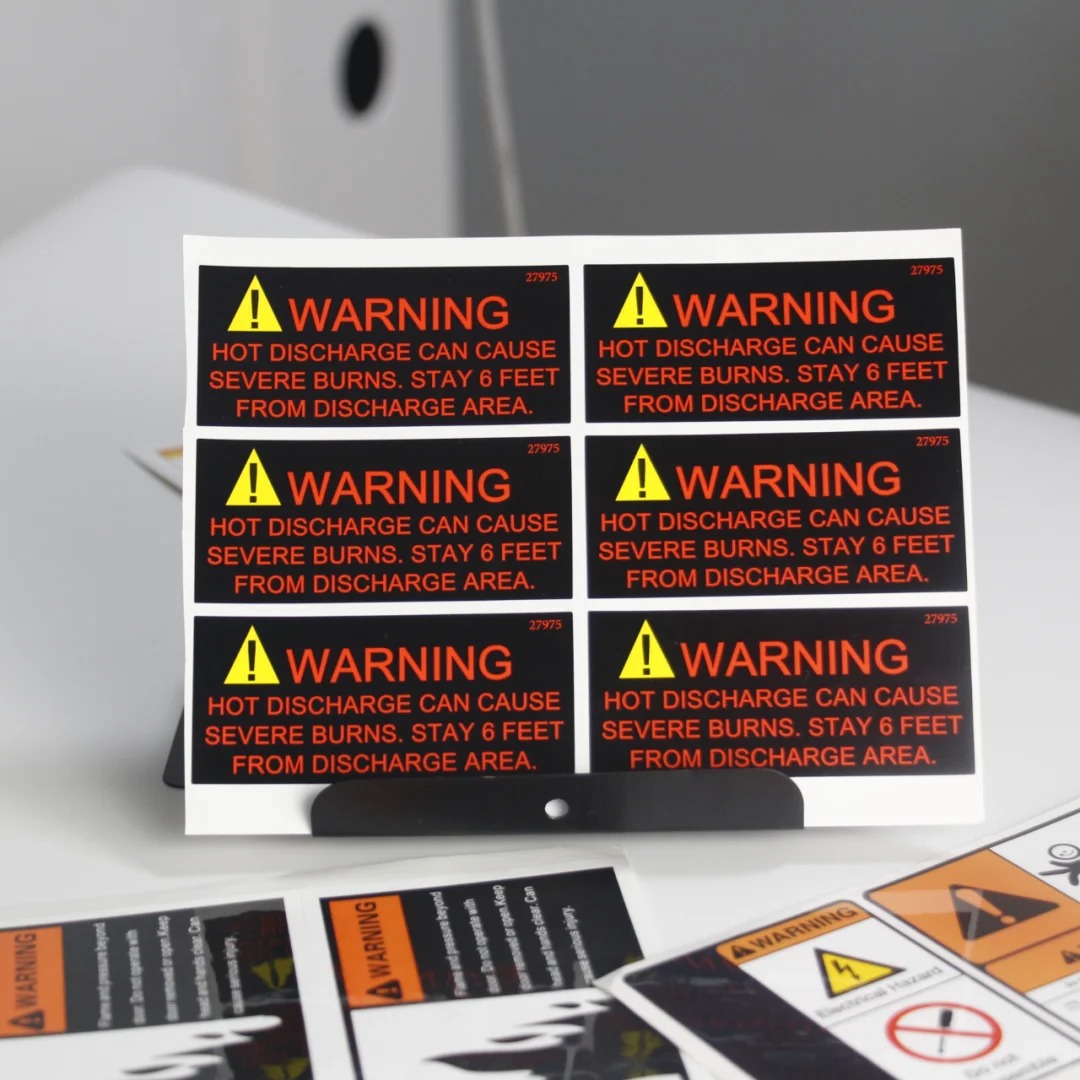
Structure and Application Fields of High temperature resistant labels
High temperature label paper, also known as high-temperature resistant label paper, high-temperature resistant label paper, high-temperature self-adhesive label paper, steel high-temperature resistant label paper, etc., may have different names in different industries
High temperature resistant label paper is made of polyimide film as the substrate and coated with special pressure-sensitive adhesive. It has good chemical resistance and wear resistance, and can withstand temperatures up to 320 ℃. It has a certain anti-corrosion effect on chemical substances such as flux, melting agent, and cleaning agent, and can maintain excellent performance when used in high temperature and harsh environments. There are three main parts: substrate, adhesive, and substrate
01. Substrate
25um (or 50um) coated polyimide films without coating treatment cannot meet performance requirements. Coating treatment can better meet the process requirements for printing barcodes, QR codes, and material color and glossiness
02. Adhesive
Nowadays, adhesives are generally divided into three categories: rubber, acrylic, and silicone. Rubber adhesives have low cost, poor temperature and chemical resistance, and outstanding aging resistance. Silicone adhesives have superior performance, but outstanding are expensive. Acrylic adhesives have a temperature resistance of about 200 degrees and good chemical and oxidation resistance. Currently, some brands of adhesive tapes use acrylic adhesive with 90% of their adhesive properties. The high-temperature resistant label paper adopts Yong long-lasting acrylic pressure-sensitive adhesive
03. Substrate
Gracin release paper, white single copper release paper, silicon yellow release paper, PET release film, transparent release paper (commonly used for automatic labeling, easy to peel off without damaging the bottom) Automatic labeling high-temperature resistant label paper saves labor and provides efficiency

Heat transfer barcode paper
The lowest level in the evaluation grade of the curve parameters obtained from barcode detection (minimum edge ratio, decoding performance, stripe contrast, decoding ability, defect degree) is the grade of the curve. The levels of each parameter and the scanning reflectance curve are represented by letters A, B, CD, and F, corresponding to 4, 3, 2, 1, and 0 in the national standard, respectively. The national standard requires symbol levels not to be lower than 1.5/10/670
A-level barcode corresponds to symbol quality level: 4.0-3.5:
B-level barcode corresponds to symbol quality level: 3.4-2.5
C-level barcode corresponds to symbol quality level: 2.4-1.5:
D-level barcode corresponds to symbol quality level: 1.4-0.5
Heat transfer paper is a type of powder coated copperplate paper that has undergone special powder surface treatment and has a glossiness below 20 degrees. The paper is soft and elegant, with a matte effect, a refreshing and comfortable visual experience, and high non reflective opacity. It has excellent color saturation and vividness, and has excellent texture and ink absorption performance. It is suitable for heat transfer printing of various high-definition and high-density barcodes, and is suitable for most wax based and mixed based carbon tapes (recommended Ricoh B110A). It can easily print A-level barcodes
We offer comprehensive technical support, including free professional labeling solutions, advice on label materials and adhesive selection, as well as online/offline assistance from professional software and hardware engineers. Service email: andy@ownlikes.cn. In pre-sales, we leverage our extensive experience in specialty labeling projects to provide clients with the most suitable hardware solutions. Additionally, all our label barcode printers and scanners come with a three-year free warranty, demonstrating our confidence in our products.


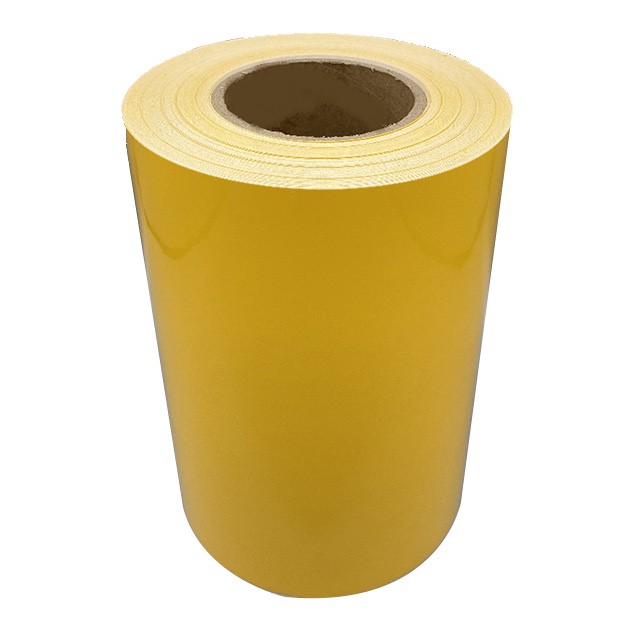
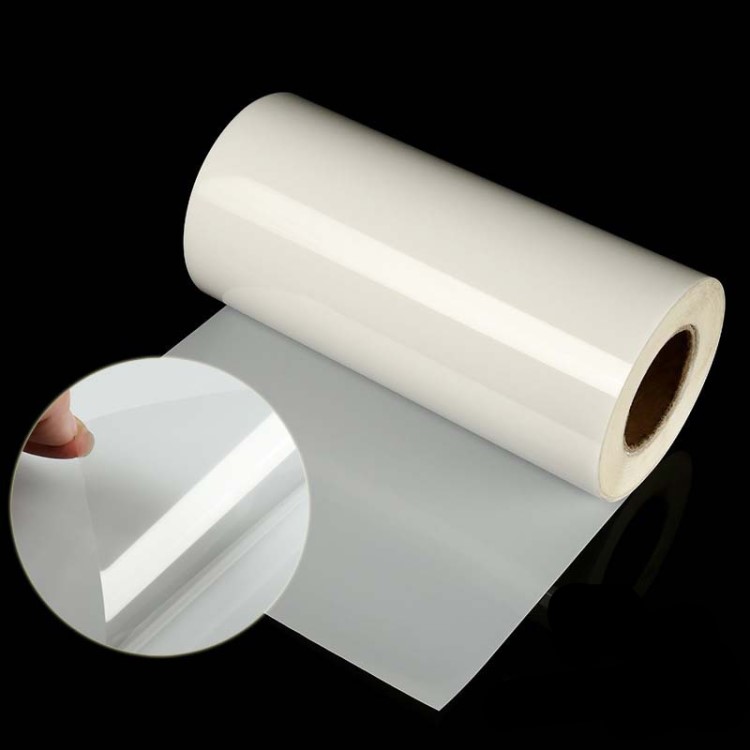
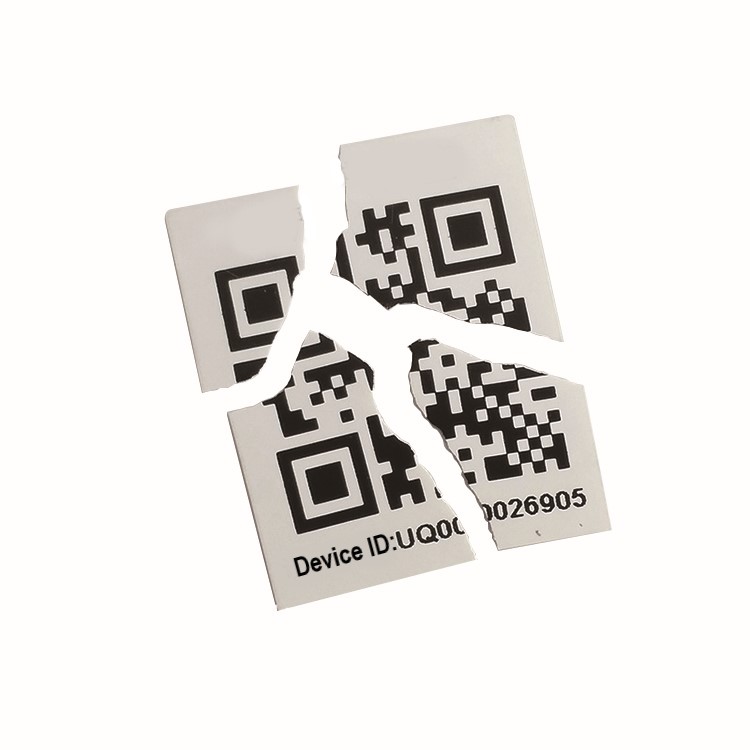
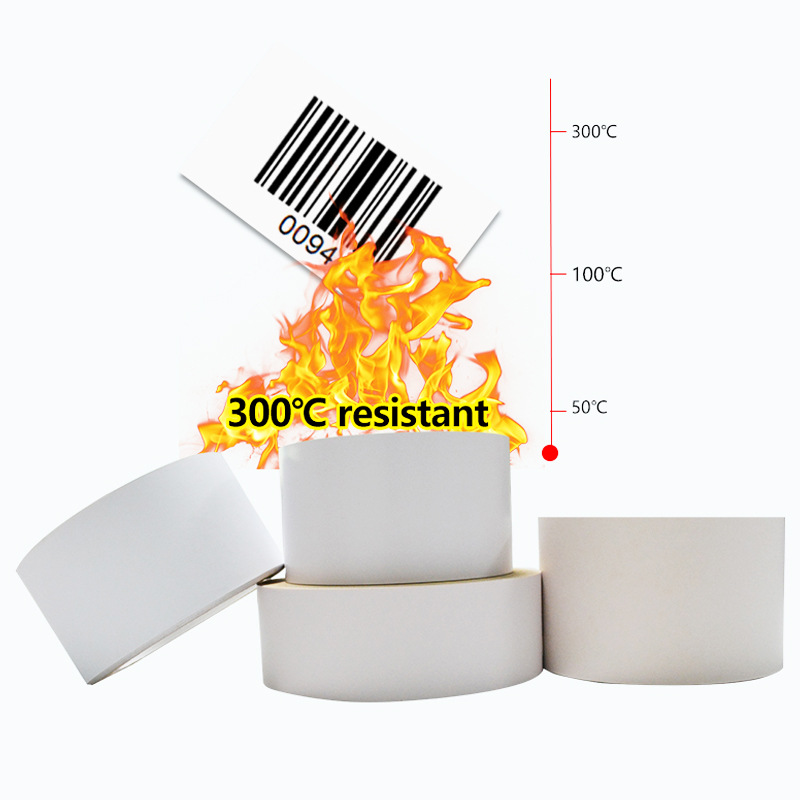
This site is protected by reCAPTCHA and the Google Privacy Policy and Terms of Service apply.